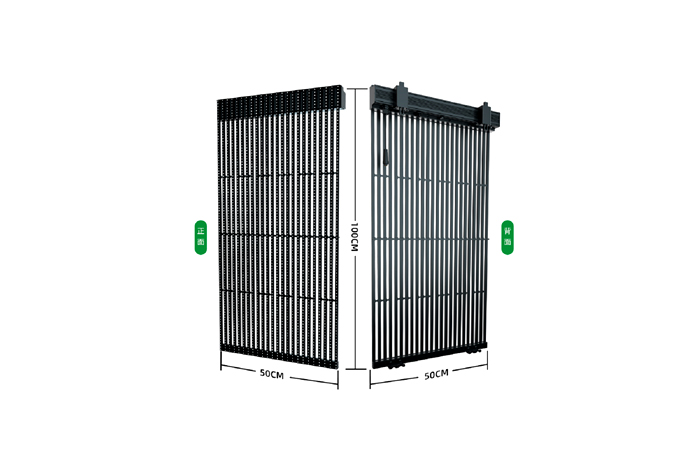source:Industry Trends release time:2022-10-27 Hits: Popular:led screen wholesaler

LED display in the process of installation and use will always appear different signals, equivalent to the unique language of LED display, LED display signal transmission problems occur from time to time, what is the meaning of these signals?
LED display consists of three parts: data acquisition system, control system and display system. The data signal direction is as follows: peripheral - computer - DVI video card - data sending card - Data receiving card - HUB adapter - display screen.
HUB board as the final link of data transmission, all signals can be found in the HUB board. The HUB adapter board is a card board that distributes the signal announced by the control board to several tributaries, also known as the branch board. In general, it is determined by the longitudinal number of LED display modules.
The various signals contained in the display. Signal from the HUB board, through the wire to the unit board or module, the end of data transmission. In addition to the data signal is serial transmission, other signals are parallel transmission. Now the various signal effects are dissected as follows.
1.CLK clock signal: shift pulse provided to shift register, each pulse will cause data to be shifted in or out of one bit. The data on the data port must be coordinated with the clock signal to transmit data normally. The frequency of the data signal must be 1/2 times that of the clock signal. In any case, when the clock signal is abnormal, will make the whole board display disorder.
2.STB latch signal: the data in the shift register is sent to the latch, and the data content is displayed by lighting the LED through the driver circuit. However, since the driver circuit is controlled by the EN enable signal, the prerequisite for its lighting must be that the enable is in the on state. The latch signal must also be coordinated with the clock signal to display the complete picture. In any case, when the latch signal is abnormal, it will make the whole board display chaotic.
3.EN enable signal: brightness control signal of the whole screen, also used for screen blanking. The change in brightness can be controlled by adjusting its duty cycle. When the enabling signal is abnormal, the whole screen is off, dark on, or trailing.
4. Data signal: provide the data needed to display the image. It must coordinate with the clock signal to send data to any of the display points. Generally, red, green and blue data signals are separated in the display screen. If a data signal is short-circuited to the positive or negative terminal, the corresponding color will appear all bright or not bright. When the data signal is suspended, the corresponding color display situation is uncertain.
5 ABCD line signal: only in the dynamic scan display only exist, ABCD is actually A binary number, A is the lowest, if the binary representation of ABCD signal control maximum range is 16 lines (1111), 1/4 scan as long as AB signal can, because AB signal representation range is 4 lines (11). When the line control signal is abnormal, display misalignment, highlighting or image overlap will occur.
Read recommendations:
P2.5 outdoor LED display.Learn how to maintain the LCD splicing screen?